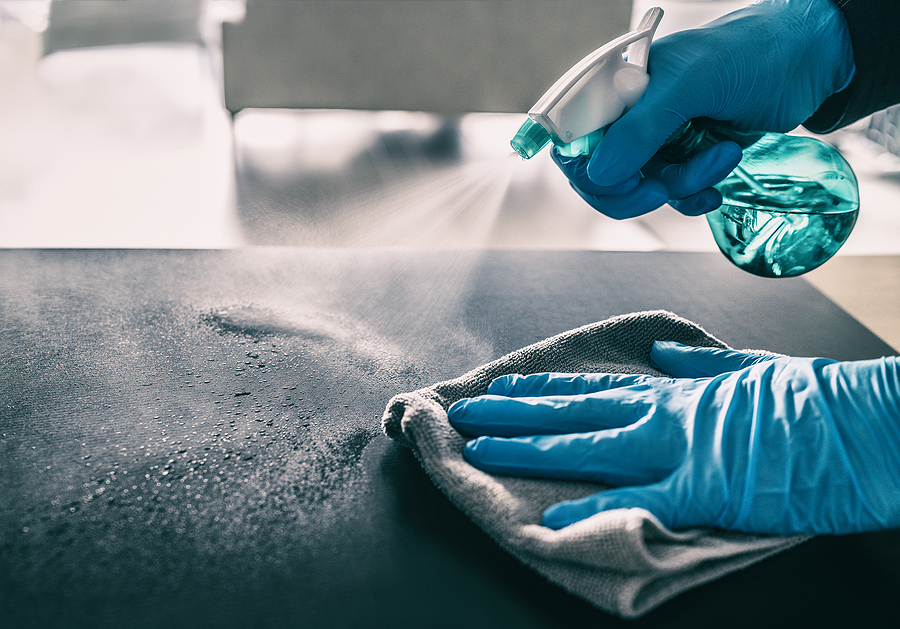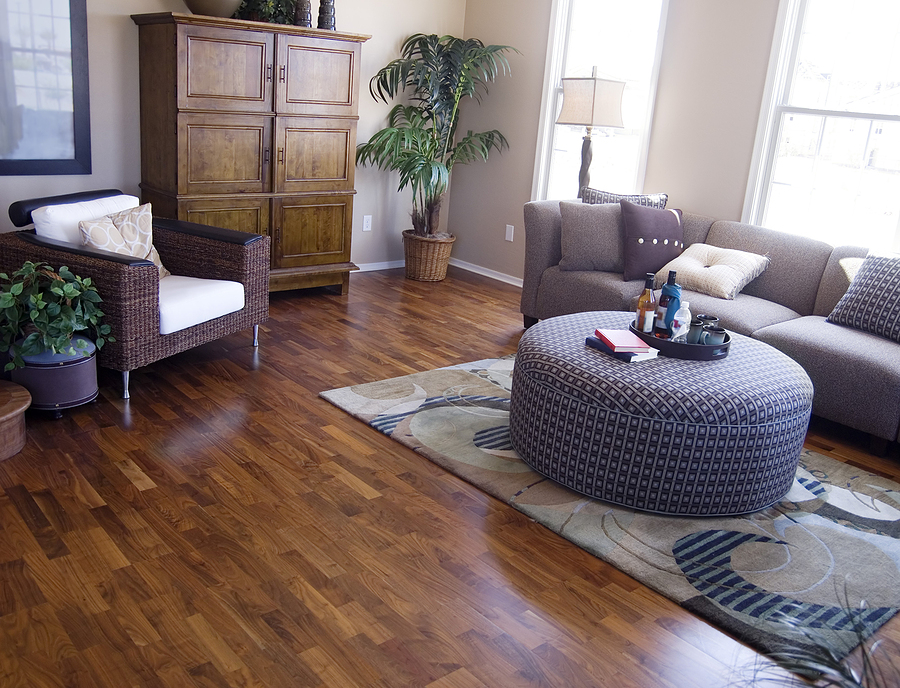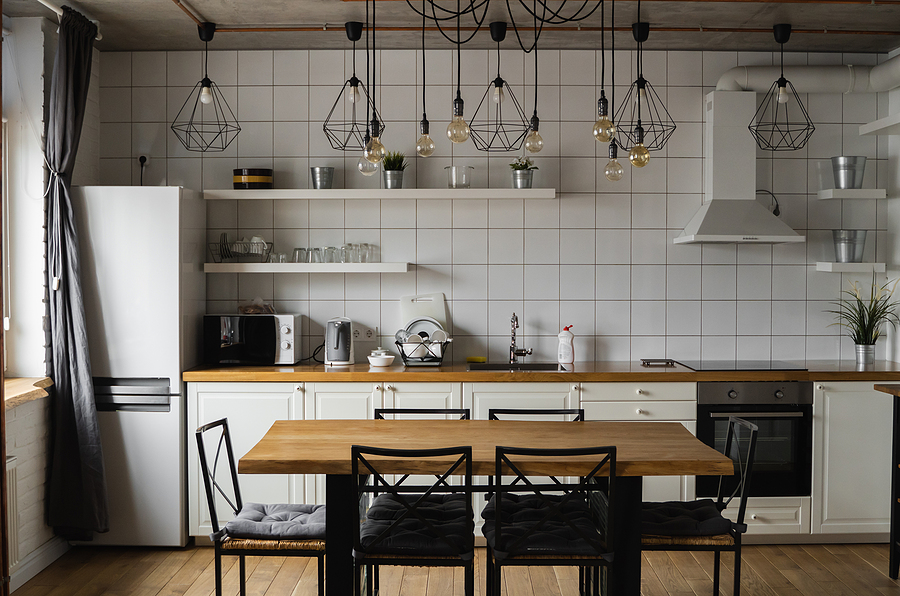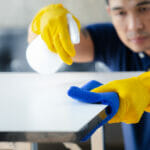The hidden tool in your cleaning arsenal is a decent multi surface disinfectant. They are not just safe to use on several surfaces, but the top ones can also cut through dirt and sludge without requiring any scrubbing or leaving any trace.
Cabinetry painted walls, floors, equipment, kitchen and bathroom surfaces, plastic appliances, and other surfaces can all be cleaned with these go-to behemoths. There seems to be no need to store several bottles of costly household cleaners if one suffices. Listed below are some surfaces that can be cleaned using a multi surface disinfectant.
- Glass
A multi-purpose disinfectant makes removing dirt, washing and buffing glass a breeze. While it varies with your cleaner’s instructions, typically spraying on the solution and wiping it off with a paper towel will suffice. After washing, make sure to thoroughly rub windows and mirrors because any residual product will leave stain marks on the glass.
- Steel and Laminates
Glass, flooring, and steel surfaces are often used in kitchens and bathrooms as they can all be cleaned easily with all-purpose appliances. Simply spray and clean with a dry paper towel to remove.
Since many multi-purpose cleaners are disinfectants, they can be used to scrub down food preparation areas and the refrigerator’s interior, leaving the site clean and germ-free.
- Flooring
Mopping down tiles or vinyl flooring with a multi-surface cleaner is also an option. Simply dilute the product in a big bucket of warm water as per the guidelines on your disinfectant’s container and mop away. Any dirt in your floors can be removed or cleaned, leaving your home or apartment feeling fresh.
- Wooden surfaces
Although they are effective on various surfaces, most all-purpose products are not ideal for use on wooden surfaces, such as floors, tables, or fixtures. When handling wood, it’s worthwhile to review the product label before touching your antique mahogany furniture or your new wood-bridge table.
Tips to remember
It is essential, as with all cleaners, that you read the label thoroughly and use caution when handling potentially corrosive or harmful chemicals. Consider that before the sanitizing and cleansing components function, the surface must be clean and damp for the time specified in the product description.
This will necessitate reapplying the liquid if it evaporates too rapidly. Cleaning will be quick and straightforward if you take a few precautionary steps. When using a new all-purpose product, latex gloves or disposable cleaning materials are a must.
Remember that while any cleaning or wiping process can physically remove any microbes from a surface, unique ingredients are needed to destroy them. Sanitizing and sterilizing cleaners go above and above, killing germs (typically microbes) on hard, hard floors.
There is no ‘standard’ collection of components for these liquids, but they usually serve as a disinfectant, detergent, degreaser, or solvent, or a hybrid of those functions. Multi-surface cleaners can be used on nearly any surface.
However, as with any cleaner, it’s good to analyze the indications on your product’s bottle. Review to see which surfaces it is not advised for, in particular. While it is crucial to keep your home and life tidy, you do not want to cause any harm in the process.
Image Source: BigStockPhoto.com (Licensed)
Related Categories: Health, Reviews








